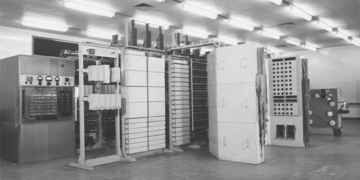As the saying goes, “Antiques thrive in times of peace, gold in times of turmoil,” gold has always held immense value. Unlike paper currency, gold is not affected by economic crises, which is why gold reserves have become a major concern, especially when the world faces instability such as war and pandemics.
Currently, the only countries and organizations with gold reserves exceeding 1,000 tons are the United States, Germany, France, Italy, Switzerland, China, and the International Monetary Fund (IMF). There are 32 nations and regions with gold reserves over 100 tons, while 47 countries hold less than 10 tons. The stronger the nation, the more gold it tends to reserve.
This is why gold mining is highly valued, both on an industrial and artisanal scale. All countries around the world strictly control gold mines. However, there is one gold mine where gold is present, but no miners are able to extract it. This mine is considered one of the “most desolate” gold mines.
This gold mine is known as the Kupol Gold Mine. Discovered around the 1940s, it is located deep under the ice in eastern Siberia (Russia).
Isolated in the thick snow of Russia’s Far East, this gold mine is one of the hardest places to mine in the world.
The Ends of the Earth
Russia holds the largest mineral and energy resource reserves in the world, but due to its high latitude and frigid climate year-round, many areas seem isolated for years, rarely seeing human habitation.
The Kupol Gold Mine is one such place. Located north of the Arctic Circle in the Chukotka Autonomous Okrug of Russia’s northeastern region (Far East), the Kupol Gold Mine is 220 km from the nearest town. Getting there is difficult. Staying there is even harder.
The Kupol Gold Mine was discovered in the 1930s. The gold veins buried beneath the ice in this remote area of Russia were once mined by prisoners. Many have attempted to access the mine for gold extraction; however, due to the extremely harsh weather conditions, dropping to -50 degrees Celsius, they had to abandon their mining efforts.
After nearly seven decades of isolation, human presence has finally been established here.
Today, humanity is increasingly dependent on gold. Gold remains one of our most precious resources. Not only is it a symbol of wealth in jewelry, but it is also an essential component in everything—from smartphones to the latest diagnostic kits for malaria and HIV.
This means that no matter how cold it gets or how far it is from civilization, people must venture into these “frozen hells” to meet demand.
In 2007, the Canadian Kinross Gold Corporation purchased the entire Kupol Gold Mine for $700 million and began mining operations using specialized equipment in 2008.
As of 2011, the Kupol Gold Mine had produced 2 million ounces of gold and over 20 million ounces of silver. In 2019, the company accounted for 20% of the total gold mined globally, according to Mining.com. Kinross Gold currently owns the Kupol and Dvoinoye gold mines in Russia.
In February 2021, Kinross Gold announced a detailed mining plan for the Kupol mine on its official website. According to the plan, the Kupol Gold Mine is expected to be fully mined by around 2025.
Previously, it took five years to build the mining site. Kinross Gold employed 1,200 workers, most of whom came from Brazil, for the mining operations. Certainly, this is hard work; the workers must work 12 hours a day for two consecutive months before taking two months off.
The Golden Path
There are two ways to access the Kupol Gold Mine. One is by air (the Kupol Airport is 12 km to the north), and the other is a temporary road, 360 km long, accessible only from January to April each year (the summer months are avoided to prevent extreme cold). This road is also known as the winter road—the only land access to Kupol from the port town of Pevek.
Kinross Gold rebuilds this road annually between November and January, with construction requiring temperatures below −25 degrees Celsius. Equipment, materials, and fuel needed in the winter months must be ordered two years in advance and transported to Pevek, which is only open for three months during the summer.
In 2008, the winter road facilitated 1,944 truck trips to transport 3,000 container units, 60,000 tons of supplies, and 25,000 tons of diesel fuel.
At all other times of the year, the Kupol Gold Mine can only be accessed by helicopter and fixed-wing aircraft.
While humans could not access the Kupol Gold Mine in the 1930s, today (in the 21st century), the Kupol Gold Mine stands as one of the most advanced mines in the world. Workers extract approximately 21 tons of gold each year.
To achieve this, Kinross Gold has built extensive facilities at Kupol to support the workers. The wages of the workers are 25% higher than the regional average. The workers’ camp, valued at $40 million, includes a full-size gym, sports room, billiards room, music room, library, prayer room, TV, and video library.
A 900-meter-long enclosed tunnel, dubbed the “Arctic Corridor,” allows workers to travel between the camp and the mining area without enduring the cold in winter.
Russian photographer Elena Chernyshova and reporter Andrey Jouravlev spent 10 days at the Kupol Gold Mine capturing images of the mine at the ends of the Earth and the lives of thousands of people in this frigid, harsh environment.
She stated, “The entire workers’ camp resembles a Moon base amidst the icy landscape,” reported by BBC.
Explore the Kupol Gold Mine through Elena Chernyshova’s photo collection/BBC:

The winter road – the only land access to Kupol from the port town of Pevek.
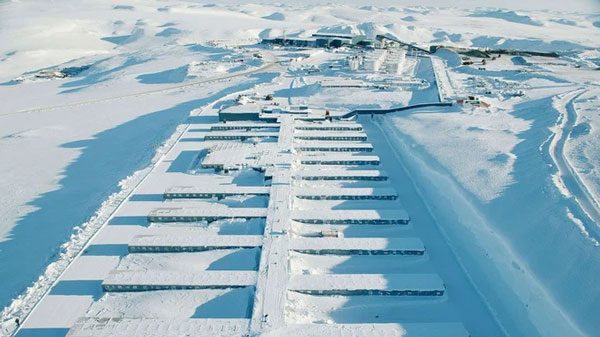
The workers’ camp, housing 1,200 people working at the Kupol mine.
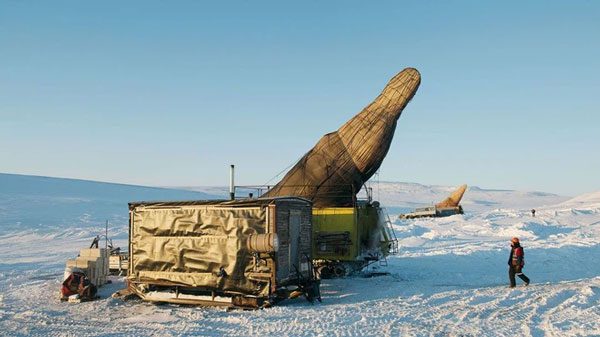
Protected against the cold, drill bits were transported two years in advance.
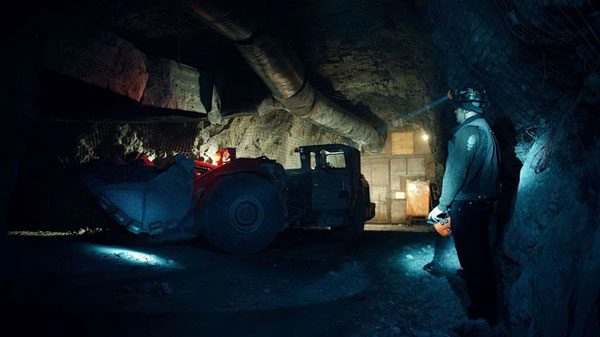
Work continues around the clock, but only a few miners need to go underground to load ore and reinforce walls.
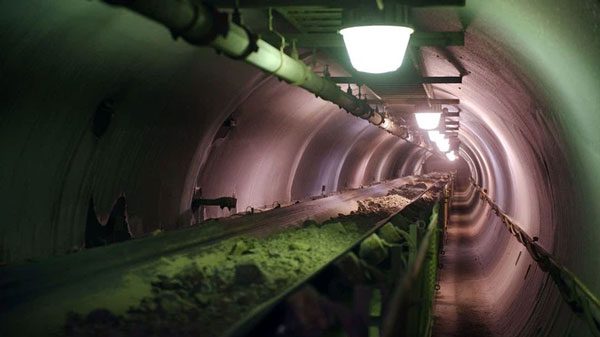
The semi-automated ore crushing and melting process.
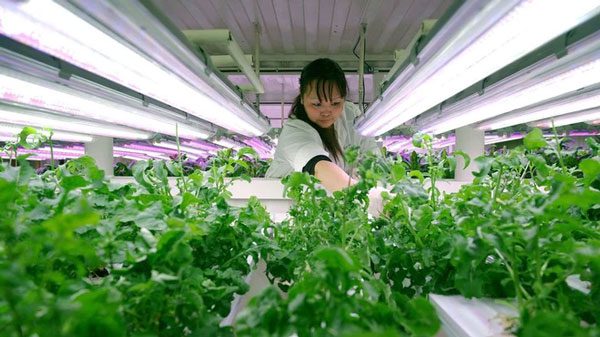
Here, they grow various vegetables to have fresh food.

After work, miners divide their time between the gym, TV room, library, and chapel.

The sleeping quarters are soundproofed against the noise of the mine.





















































